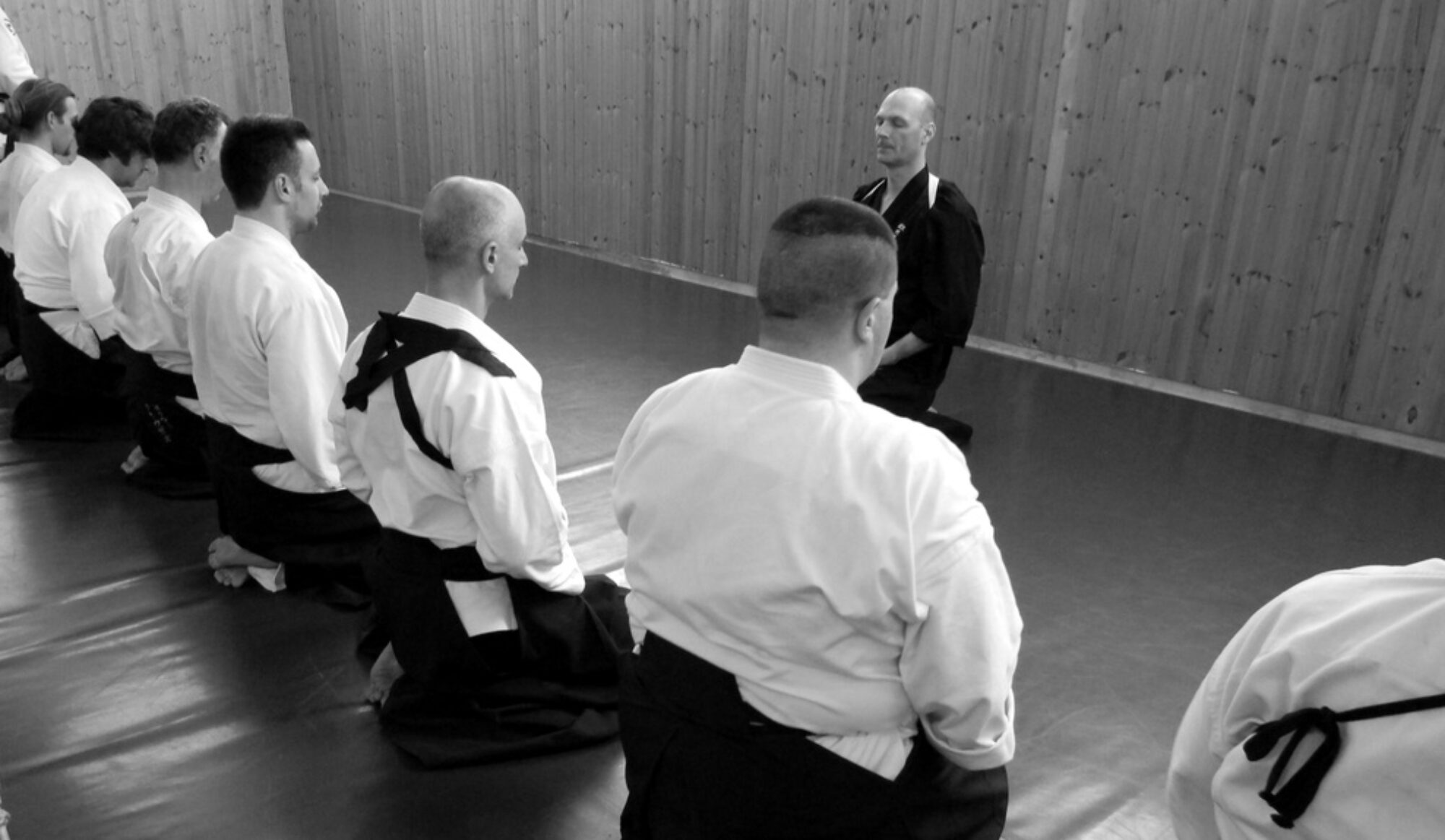The origin and manufacture of the Iaito, replica of the Japanese sword, the Katana
Visits to the workshops Minosaka and Jisei
The origin of the Iaito does not date back very far, to the 60s or so. The creation of this tool for practice was primarily driven by new laws and regulations, enacted after World War ll. Since then, with the experience of many trades in the manufacture of the Nihonto (Japanese sword), some Japanese craftsmen have developed an expertise, still unparalleled outside the archipelago.
We went to the region called Gifu to visit the workshops Minosaka and Nihon Token (Jisei), two of the most famous in Japan. Familiar with this topic for some years, we had many questions to ask – which we are summarizing here.
Ban on the carrying of weapons
In 1958, relating to the new pacifist policy of Japan, a series of highly restrictive laws on carrying weapons was passed by the Japanese government. It became illegal to carry and transport anything that might resemble a weapon, whether a firearm or a simple kitchen knife, and further the manufacture of bladed weapons got heavily regulated and strictly controlled.
The Japanese Katana, also known as Nihonto, was put in a special category for the preservation of ancient arts and traditions, and its manufacture did not get prohibited. However, the regulations are strict and only forgers approved by the government are authorized to manufacture them, respecting relatively severe quotas. The manufacture of steel swords, machetes, as well as a number of other weapons of this type became totally prohibited outside the framework described above. It got also prohibited to make any blade that could be transformed into a sharp weapon. These new laws are very technical, but concerning the swords the result is simple: The production of unsharpened steel swords is prohibited, for the simple reason that a grinding wheel would be enough to turn it into a cutting weapon.
This set of laws probably benefited Japan, although until the end of the sixties, the country was not as peaceful as today (I am referring to some of the most violent riots of the 68 Movement). It remains to this day, that Japan is one of the countries with the lowest crime rate in the world, it is almost impossible to find a gun, extremely difficult to find a weapon more dangerous than a kitchen knife. We could even go as far as to think that these laws and the philosophy that accompany them, have also caused profound changes in the practice of modern martial arts – but this is another topic which deserves a thorough article.
Note that the possession of a Nihonto is allowed only if it is duly registered at the relevant police station of the place of residence and if the mentioned object meets a set of criteria placing it in the category of “objects of art”. The transport of the Nihonto is theoretically not allowed, but tolerated to some extent if it is justified, and the registration documents always have to be with the weapon.
Courtesy of Seidoshop.com Continua su: https://www.seidoshop.com/blogs/the-seido-blog/30-the-origin-and-manufacture-of-the-iaito?fbclid=IwAR15XY90CWAeckefwvJp0DKIjSvx56_QObU5BQkvg7UB8jhp2HppUm1kmZ8
Scopri di più da 武士道 Clan Bushido
Abbonati per ricevere gli ultimi articoli inviati alla tua e-mail.


